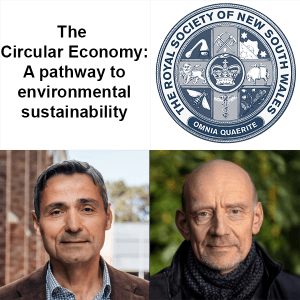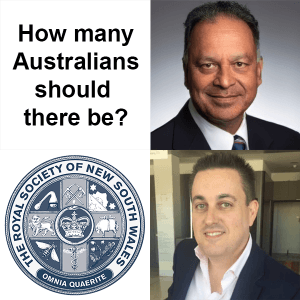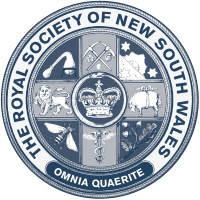“Weird animal genomes and sex”
Professor Jenny Graves, Head, Comparative Genomics Research Group, Australian National University
Director, ARC Centre of Excellence for Kangaroo Genomics
Professorial Fellow, Department of Zoology, University of Melbourne
Wednesday 2 September 2009 at 7 pm
Conference Room 1, Darlington Centre, University of Sydney
Our strategy is to compare the chromosomes, genes and DNA in distantly related mammals and even birds and reptiles (which have completely different sex determining systems). The genomes of Australia’s unique kangaroos and platypus, now being completely sequenced, are a goldmine of new information. Kangaroo sex chromosomes reveal the original mammal sex chromosomes, while the bizarre platypus sex chromosomes (more related to those of birds) tell us that our sex chromosomes are relatively young.
Our works shows that the human X and Y evolved from an ordinary chromosome pair just 150 million years ago. It is degrading progressively and I predict it will disappear in just 5 million years. If humans don’t become extinct, new sex determining genes and chromosomes must evolve, maybe leading to the evolution of new hominid species.
The speaker’s presentation can be found here: Jenny Graves Talk (25 MB PDF).
Jenny was born and educated in Adelaide. She was no science star at school, but topped the state in Geography. She didn’t much like biology but, after undergraduate studies at Adelaide University, a fascination with genetics led her rather accidentally to a PhD in molecular biology at the University of California at Berkeley, thanks to a Fulbright award. Jenny then spent nearly 30 years at La Trobe University in Melbourne before moving to the Australian National University in 2001.
In the 1970s, Jenny stumbled on the potential of Australia’s unique fauna (mammals, birds, and reptiles) to study genetic structures and regulation systems conserved from the earliest vertebrates through to humans. By exploiting the genetic diversity of Australia’s unique mammals, her group have gained insights into mammalian sex, development, genetic disease, defence mechanisms, and species survival. Her lab’s unique contributions to understanding the evolution, function and organization of the mammalian genome have had major impacts on current thinking in the field.
Jenny has been an enthusiastic advocate for comparative genomics. She set up and directs the ARC Centre of Excellence for Kangaroo Genomics, which has secured a key role for Australia in the sequencing and analysis of the kangaroo genome. Her contributions to science have been recognized by election to the Australian Academy of Science in 1999, a Centenary Medal in 2002 and the Macfarlane Burnet Medal in 2005. She is a 2006 Laureate of the L’Oréal-UNESCO Awards For Women in Science.
Research projects
Our group (Comparative Genomics) is famous for studying genes and chromosomes of Australian animals. Every project depends ultimately on samples from a variety of Australian animals such as kangaroos and platypus, but also exotics like devils (Tasmanian) and dragons (lizards). Pat is a whiz at organizing legalities and technicalities, as well as animal handling and sampling; Jenny would really prefer to work on tomatoes or fruitflies. We culture tiny samples of skin cells in the laboratory. Jenny’s training in cell culture at Berkeley was used to establish methods for growing just about anything, and Pat now runs our unique cell culture lab with exacting standards. Our stock in-trade is physical mapping of genes onto chromosomes, and getting brilliant chromosome preparations is crucial; here Pat’s training in human cytogenetics complements Jenny’s training in molecular cytology.
We use these basic techniques more and more for large-scale projects on the genomes of Australian mammals. Basic work had to be done to characterize the chromosomes of the kangaroo and the platypus before the complete sequence of their genomes (costing many millions of dollars) could be interpreted. Platypus chromosomes caused major headaches because they have weird multiple sex chromosomes: Jenny had been trying to sort them out for 20 years, now an onslaught using new molecular techniques allowed Jenny and Pat, with a postdoc and research assistant, to sort out which chromosome is which.
Two major projects last year that Pat and Jenny collaborated on were to construct physical maps of the platypus and the opossum; these required painstaking isolation and characterization of large DNA fragments, tagging them with a fluorescent dye, then attaching them to chromosomes where they home in on the DNA containing this sequence and reveal their presence by a bright spot on one of the chromosomes. Pat has ensured that the quality of the chromosomes, the probes and the images are all 100%, and Jenny has made sure the locations make sense and put the map together with other genomic data. These maps were crucial for deciphering the complete DNA sequence of the first marsupial and the first monotreme genome. These projects culminated in major papers on which Pat and Jenny are both authors.




